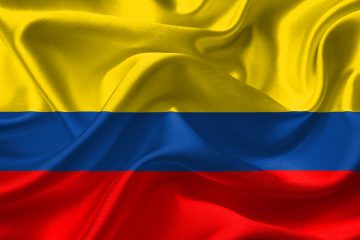One of my students’ favorite songs the last couple of years has been “Tengo tu love” by Sie7e, a truly fabulous song with a great message. We actually use it in our current unit in Spanish 3 on talking about goals and dreams as we explore where David (the singer) came from and how his persistence has brought him great success.
Another great song on that album Mucha Cosa Buena is “Boricua en La Habana.” (Note: this song is not available to listen to on YouTube.) There are a couple of brief things you could do with the song (talk about activities you do with friends – “bailamos,” “bailando”) but it struck me that it was a good frame for talking about identity and description.
One of the new AP themes is “Personal and Public Identities,” in my opinion the only of the six themes that can really be incorporated as low as novice levels. And, of course, description of self and others is a major proficiency target at the novice level by any standard.
First, explore with your students what it means to be boricua. Use this blog’s explanation or the great answers at Yahoo! Respuestas for “¿Qué es boricua?” or the funny and sometimes informative answers for “¿Por qué se dice boricua y no puertorriqueño?”. And for sure share this video with young people talking about what it means to be boricua, highlighting description in the language and also pointing out how some young Puerto Ricans don’t speak Spanish, don’t speak English well, or speak both quite adeptly.
Then, ask students to explore expressing their own identity. Using soy and somos, with the phrase boricua en la Habana, how would students change the phrase to express their identity? Why is the boricua in Havana and what does he do there? What part of their identity, what descriptive words can express what stands out in them in a particular place, like their home, their school, their city, or a place they frequently travel to? Using the phrase bailando solo en la arena, what’s an activity they’d do in a given place? Would they do this alone or with friends?
Use this song to add culture and deeper thinking to a typical novice language function.
Foto credit: Alan Esteva



